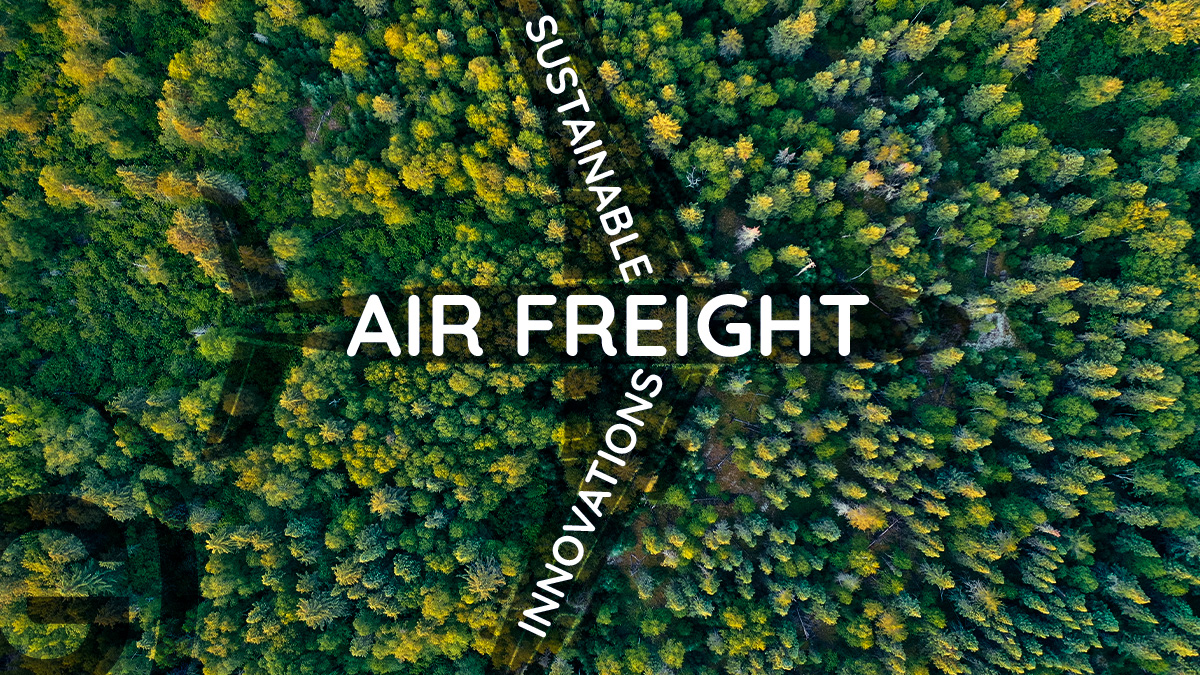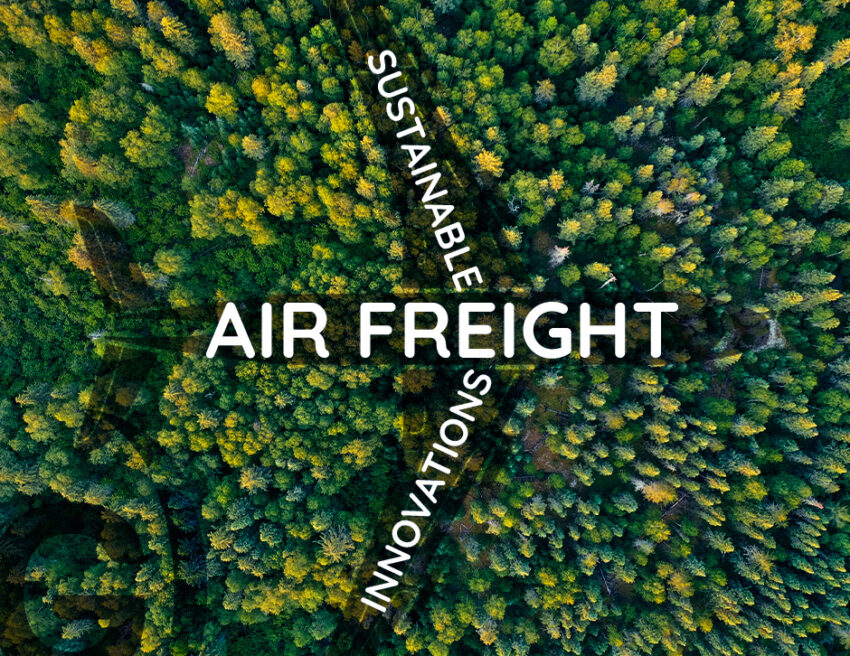The formulation of enduring strategies and investments aimed at fostering sustainability is imperative to ensure the continued viability of the air freight industry. While air freight remains a critical player in facilitating global trade, it is essential to acknowledge its contribution to greenhouse gas emissions. The air cargo sector contributes 2% to global carbon emissions. Despite this environmental impact, air freight handles over $6 trillion worth of goods each year, representing approximately 35% of world trade by value. IATA data, predating the pandemic, highlighted the transportation of $18.6 billion worth of goods daily, facilitated by 100,000 flights—comprising both passenger and cargo aircraft.
International shipping currently emits more than 0.9 gigatonnes (Gt) of CO2 annually, and this figure is on the rise. Furthermore, with the projected doubling of passenger numbers to 8.2 billion annually by 2037, the industry’s contribution to CO2 emissions is poised to escalate significantly unless proactive measures are implemented. This blog post delves into a range of initiatives and strategies designed to mitigate the environmental impact of air freight. Explore with us the adoption of alternative fuels, carbon offset programs, and efficiency measures that collectively promote sustainable practices within the industry.

How the air freight industry is seeking to lower carbon emissions in 2024
-
The use of alternative fuels
A important endeavor in advancing sustainable air freight involves embracing alternative fuels. Conventional jet fuels, particularly fossil-based kerosene, contribute to harmful greenhouse gas emissions. To counter this, the industry is actively engaged in exploring and investing in Sustainable Aviation Fuels (SAFs). These fuels are derived from renewable sources, including biofuels sourced from waste materials, algae, or other sustainable feedstocks. Offering a promising avenue to significantly reduce carbon emissions, SAFs emerge as a greener alternative to traditional jet fuels. The collaborative efforts of airlines, fuel producers, and governments play a pivotal role in expediting the adoption and production of SAFs within the air freight sector.
-
Enhanced fuel efficiency measures
Airlines and freight carriers can employ various measures to bolster fuel efficiency and curtail carbon emissions:
- Aerodynamic Design: Investing in aircraft featuring enhanced aerodynamic designs, such as winglets, proves instrumental in reducing drag and improving overall fuel efficiency.
- Engine Efficiency: The adoption of modern, fuel-efficient aircraft engines stands as a key strategy. Upgrading the fleet with newer engine models significantly diminishes fuel consumption and associated emissions.
- Operational Optimization: Optimizing flight routes, takeoff, and landing procedures plays a crucial role in minimizing fuel consumption. Leveraging advanced technologies like real-time weather updates and data analytics enables informed decision-making, leading to reduced fuel burn. This commitment to operational efficiency marks a pivotal step in mitigating the environmental impact of air freight.
-
Fleet modernization
A key strategy to significantly cut emissions in air freight involves the systematic replacement of older aircraft with newer, more fuel-efficient models. The introduction of modern aircraft brings forth enhanced aerodynamics, lighter materials, and advanced engine technology, collectively resulting in a substantial reduction in fuel consumption and associated emissions. This deliberate fleet modernization contributes not only to environmental sustainability but also aligns with the industry’s commitment to advancing technological efficiency in air freight.
-
Carbon offset programmes
Carbon offset programs stand as a strategic tool in mitigating the environmental impact of air freight. The essence of these programs lies in counterbalancing carbon emissions by investing in projects that either reduce or remove greenhouse gas emissions in other areas. For instance, air freight companies can actively participate in carbon offset initiatives by supporting projects like reforestation, renewable energy installations, or energy-efficient endeavors. Through these investments, air freight businesses can effectively compensate for the emissions generated during their operations, contributing to a tangible reduction in their overall net carbon footprint.
-
Investing in research and development
A commitment to sustainability in air freight necessitates ongoing investment in research and development. This imperative drives the exploration of innovative technologies, materials, and operational practices with the overarching goal of minimizing environmental impact. By fostering a culture of continuous innovation, the industry can propel forward, uncovering novel solutions that push the boundaries of sustainability in air freight.
-
Route optimization
Implementing sophisticated routing and flight planning techniques is a strategic approach to enhance fuel efficiency and diminish emissions in air freight. This involves selecting the most direct routes and leveraging favorable wind patterns to optimize fuel consumption. The integration of advanced technologies and data analytics plays a pivotal role in achieving more accurate route optimization.
-
Government regulations
Governments and regulatory bodies wield significant influence in advancing sustainability in air freight. The implementation of policies, such as emissions trading schemes or carbon offset programs, serves as a powerful incentive for airlines to actively reduce their carbon footprint. By establishing robust regulatory frameworks, authorities contribute to fostering a culture of environmental responsibility within the air freight industry, steering it toward a more sustainable and eco-friendly future.
-
Creating awareness
Boosting awareness among industry professionals, policymakers, and the general public regarding the environmental impact of air freight stands as a crucial endeavor. Through education programs and awareness campaigns, the industry can emphasize the imperative for sustainable practices and inspire individuals to make informed choices. By fostering a collective understanding of the environmental challenges and encouraging proactive measures, education becomes a catalyst for positive change within the air freight sector.


